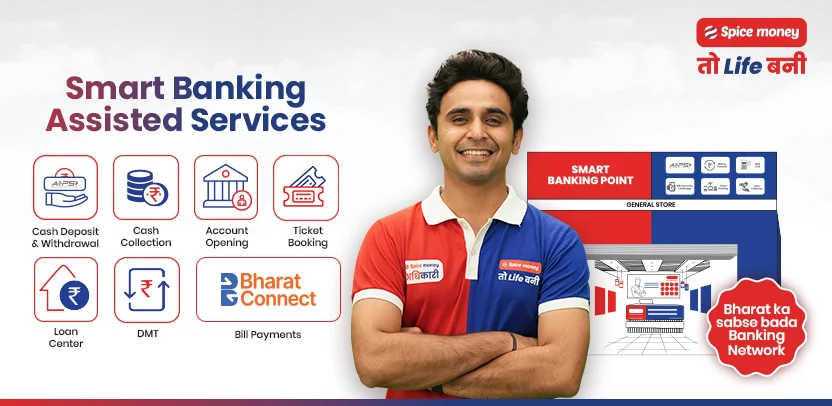The increasing need for accessible financial services has led to the development of innovative solutions, one of which is the free kiosk ATM. These ATMs are designed to provide users with essential banking services without the typical transaction fees often associated with traditional machines. As more individuals seek cost-effective ways to manage their finances, the kiosk ATM is becoming a preferred choice in both urban and rural areas. With minimal infrastructure and broad reach, these machines offer a promising alternative to standard banking services.

What is a Kiosk ATM?
A kiosk ATM is a standalone machine that performs many basic banking functions such as cash withdrawal, balance inquiry, and mini statement generation. Unlike conventional ATMs, kiosk ATMs are usually placed in locations that lack access to full-service bank branches. They may operate independently or be hosted in public areas like markets, government offices, or community centers.
Some kiosk ATMs are equipped with biometric authentication systems, touchscreen interfaces, and multilingual capabilities, making them usable even by individuals unfamiliar with digital banking platforms. Their primary goal is to deliver essential banking functions to users without involving complex infrastructure or bank personnel.
Features of Free Kiosk ATMs
No Transaction Charges
The most attractive feature of a free kiosk ATM is the absence of transaction fees. Users can withdraw cash or check their account balances without worrying about deductions, making financial access more affordable.
Widespread Availability
These ATMs are often installed in areas where access to traditional banking services is limited. This includes remote regions, semi-urban settlements, and public service zones. Their distribution ensures that more people can access cash when needed.
Basic Banking Services
Although kiosk ATMs do not offer a full range of banking services, they cover the most frequently used ones. These include cash withdrawals, balance checks, and mini statement printing. Some may also support limited deposit services and Aadhaar-enabled transactions depending on regional configurations.
Simple Interface
The design of kiosk ATMs prioritizes ease of use. With touch-based navigation and regional language support, they are suitable for individuals who may not be comfortable with advanced banking systems or technology.
Benefits of Using Free Kiosk ATM Services
Cost Efficiency
For users who make frequent cash withdrawals, transaction fees can accumulate over time. Free kiosk ATMs eliminate this cost, allowing individuals to access their funds without losing money on service charges.
Increased Accessibility
Many kiosk ATMs are strategically placed in locations far from city centers. This significantly reduces the need for users to travel long distances to access banking services, saving both time and transportation costs.
Empowerment of Underserved Communities
Rural and low-income communities often face barriers when trying to access traditional banking services. Free kiosk ATMs help bridge this gap by bringing banking facilities directly to these areas, promoting financial inclusion.
Secure Transactions
Most kiosk ATMs follow standard security protocols to ensure safe transactions. Features like PIN verification, receipt printing, and sometimes biometric authentication add layers of safety to user operations.
Limitations to Consider
Limited Services
While kiosk ATMs offer basic functions, they may not support more advanced operations such as fund transfers, cheque deposits, or loan applications. Users looking for these features must rely on other banking methods.
Connectivity Dependence
Since many of these machines operate in remote areas, they can be affected by poor internet or power supply. This can lead to machine downtime and limited availability during emergencies.
Cash Replenishment Issues
In sparsely populated or low-maintenance areas, ensuring timely cash replenishment can be a challenge. Users may find the machines out of cash during high-demand periods.
Where to Find Free Kiosk ATMs
Community Centers and Markets
Many kiosk ATMs are located in local markets or public gathering spaces. These areas are chosen for their high foot traffic and accessibility.
Government Facilities
Public service offices often house kiosk ATMs to facilitate benefits disbursement and other civic-related financial needs. Their presence simplifies access to essential funds for citizens visiting these facilities.
Transportation Hubs
Some free kiosk ATMs are installed at bus stands, railway stations, and other travel-related locations, helping commuters with immediate cash needs.
The Role of Kiosk ATMs in Financial Inclusion
The deployment of kiosk ATMs plays a significant role in expanding financial inclusion across various communities. These machines help individuals without access to smartphones, internet banking, or physical bank branches manage their money independently. They serve as a practical interface between formal banking systems and those who have traditionally remained outside of them.
By offering essential financial services without the barrier of fees, kiosk ATMs reduce dependency on informal money handlers or risky alternatives. This shift encourages safe and structured financial practices among populations that previously lacked secure banking options.
Best Practices When Using Kiosk ATMs
- Verify Machine Status: Always check for signs of tampering or faults before inserting your card or entering personal information.
- Keep Your PIN Secure: Use your hand to shield the keypad when entering your PIN.
- Collect Receipts: Receipts can help track your transactions and detect unauthorized activity.
- Report Issues Promptly: If the machine fails to dispense cash or malfunctions, contact your bank immediately to lodge a complaint.
Conclusion
The introduction of the free kiosk ATM model has transformed how many people access financial services. These machines provide reliable, cost-free banking for users in both urban and rural areas, offering convenience without the added burden of transaction fees. While they have some limitations, their contribution to improving financial access cannot be overstated. As more regions adopt this model, the impact on financial literacy and accessibility will continue to grow.
For those seeking easy access to cash and essential banking functions, the kiosk ATM stands as a practical and economical option. Understanding how to use these machines safely and efficiently is key to making the most of what they offer.